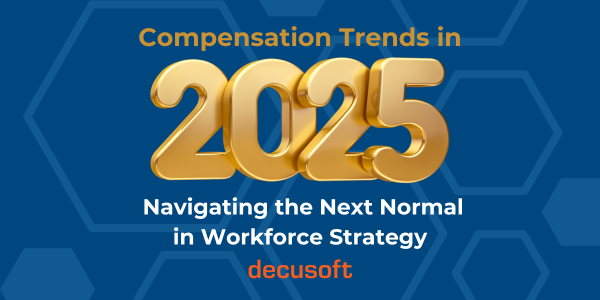Q. Given that no two implementations are the same, are there any key factors that can be applied across the board for a successful implementation?
A: Each software implementation certainly has a unique set of challenges, but there are undeniable commonalities found among all successful implementations. Here are three factors that will help to ensure an optimal implementation of your chosen software:
– Discuss “success criteria” and agree to it as a combined project team. Resources are often constrained in some way and having open, honest dialog about desired end state (i.e., what is possible within the identified resource constraints) sets the tone for the rest of the project.
– Ensure the availability of key resources for the project so that the empowered decision makers are available when needed. In practice, this is usually difficult given that the same folks also have day jobs outside of the project work. What cannot be overstated is the fact that their availability keeps the process moving forward and also aids in the end state being as close to the desired vision as possible.
– Data availability is paramount. Access to a strong IT or HRIS resource with access to, and knowledge of, the data is vital to a successful vendor integration project.
A software implementation project is a big undertaking. Ultimately, you want to select a vendor that will truly be a partner for years to come and one that can offer the flexibility your organization will need to grow your incentive programs. During the vendor selection process, be sure you take the time to discuss your implementation process, as well as understand your vendors’ support model post-implementation.
Also, ask these same questions to the vendor references you are given. The software offering itself, and the functionality available, is obviously an import focal point in the selection process, but you will be in the post-implementation phase for a majority of your time with the vendor you select. Be sure to evaluate that aspect of the vendors, as well, to ensure you are comfortable with what that future-state structure will look like.




